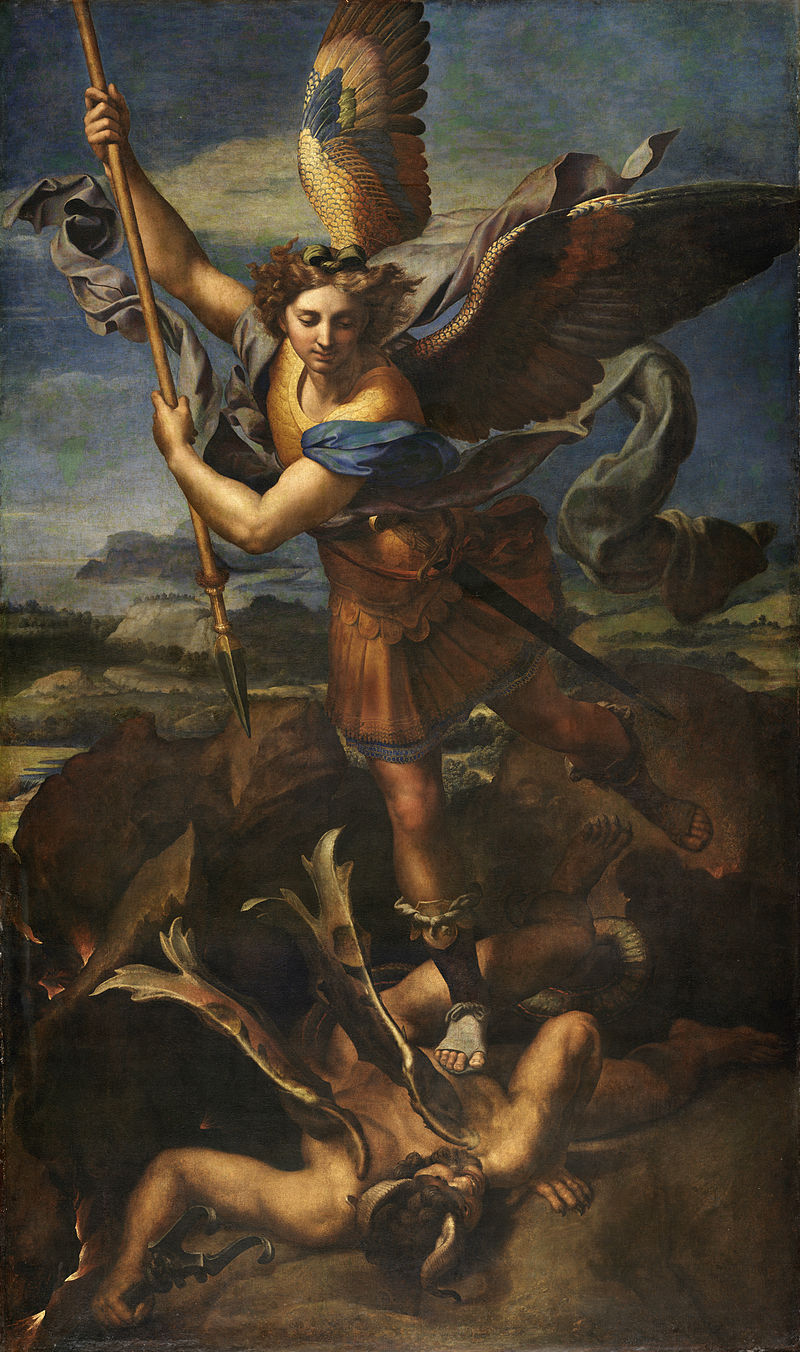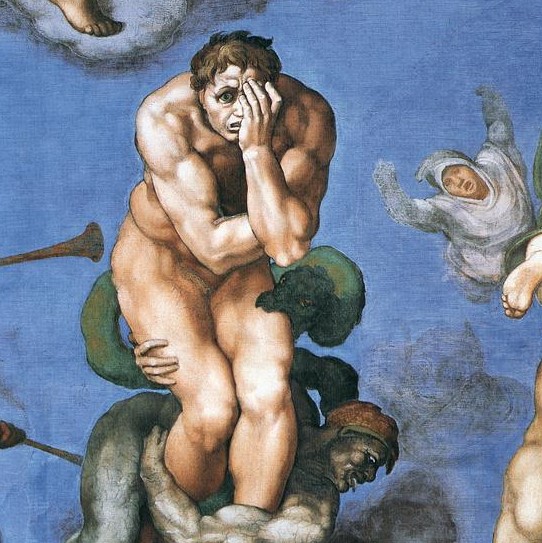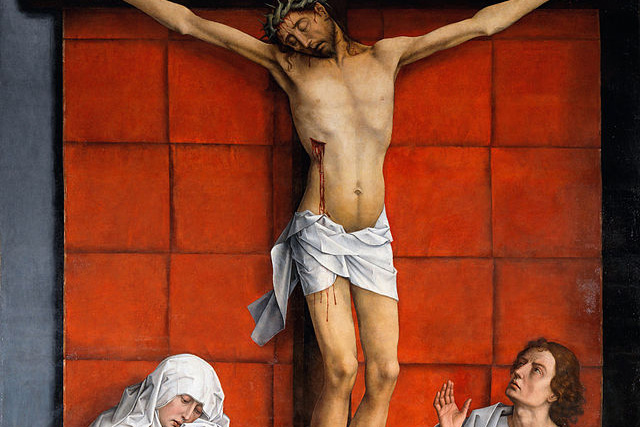 One of the more puzzling aspects of demonology is the freedom that Satan and demons appear to have in roaming the earth, causing trouble. If the condemned are consigned to Hell for all eternity, why is Satan allowed to wander about outside of Hell? Isn’t he supposed to be suffering in Hell along with his minions and the other condemned? Further, it doesn’t seem that he is suffering one bit, but rather having a grand time wreaking havoc on the earth. How do we answer such questions?
One of the more puzzling aspects of demonology is the freedom that Satan and demons appear to have in roaming the earth, causing trouble. If the condemned are consigned to Hell for all eternity, why is Satan allowed to wander about outside of Hell? Isn’t he supposed to be suffering in Hell along with his minions and the other condemned? Further, it doesn’t seem that he is suffering one bit, but rather having a grand time wreaking havoc on the earth. How do we answer such questions?
Some texts in Scripture do speak of Satan and the fallen angels as being cast into Hell:
- God did not spare angels when they sinned, but sent them to hell, putting them in chains of darkness to be held for judgment (2 Peter 2:4).
- And the angels who did not keep their positions of authority but abandoned their proper dwelling—these he has kept in darkness, bound with everlasting chains for judgment on the great Day (Jude 1:6).
- Then I saw an angel coming down from heaven, holding in his hand the key to the bottomless pit and a great chain. And he seized the dragon, that ancient serpent, who is the devil and Satan, and bound him for a thousand years, [likely a reference to the age of the Church and the going forth of the Gospel to all the nations] and threw him into the pit, and shut it and sealed it over him, so that he might not deceive the nations any longer, until the thousand years were ended. (Rev 20:1-3).
Yet other texts speak of the fallen angels (demons) as being cast down to the earth:
- But the dragon was not strong enough, and no longer was any place found in heaven for him and his angels. And the great dragon was hurled down—the ancient serpent called the devil and Satan, the deceiver of the whole world. He was hurled to the earth, and his angels with him (Rev 12:8-9).
- The LORD said to Satan, “Where have you come from?” Satan answered the LORD, “From roaming throughout the earth, going back and forth on it” (Job 1:7).
Thus, though consigned to Hell, it would seem that some or all of the demons have the ability to roam the earth as well. Demons, however, do not have bodies and thus do not “roam the earth” the way we do. Their “roaming” is more an indication of their capacity to influence than their ability to move from one place to another. Further, Satan and demons are described as being “chained,” “in prison,” or “in darkness.” This is likely a way of indicating that their power to influence or “roam” is limited in some way. This does not say that they do not wield considerable power, just that it is not unbounded. If you think it is bad now, just imagine what it will be like when their power is unchained!
Near the end of the world, Scripture says that Satan will be wholly loosed and will come forth to deceive the nations for a while; after this brief period, he and the other fallen angels will be definitively cast into the lake of fire and their influence forever ended.
And when the thousand years are ended, Satan will be released from his prison and will come out to deceive the nations that are at the four corners of the earth, … their number is like the sand of the sea. And they marched up over the broad plain of the earth and surrounded the camp of the saints and the beloved city, but fire came down from heaven and consumed them, and the devil who had deceived them was thrown into the lake of fire and sulfur where the beast and the false prophet were, and they will be tormented day and night forever and ever (Rev 20:7-10).
So for now, demons do have influence, but it is limited. At the end, their full fury will be unleashed, but this is only to bring about their final, complete defeat, after which they will be forever sequestered in the lake of fire.
Why God permits some demons the freedom to wander about the earth is mysterious. We know that God permits evil as a “necessary” condition of freedom for the rational creatures He has created. Angels and humans have free, rational souls; if our freedom is to mean anything, God must allow that some abuse it, even becoming sources of evil and temptation to others.
For us, this life amounts to a kind of test: God permits some degree of evil to flourish yet at the same time offers us the grace to overcome it. Further, there is the tradition implied in Scripture that for every angel that fell there were two who did not (Rev 12:4). Thus, we live not merely under the influence of demons, but also under the influence and care of angels.
On account of temptations and trials, our “yes” to God has greater dignity and merit than it would if we lived in a sin-free paradise.
As to Satan having “a good time” wreaking havoc, it would be too strong say that demons and Satan do not suffer at all. Demons, like human beings, suffer both victories and defeats; there are outcomes that delight them and those that disappoint and anger them.
Anyone who has ever attended an exorcism can attest that demons do suffer great deal, especially when the faithful pray and make pious use of sacraments and sacramentals (e.g., holy water, relics, blessed medals, rosaries). Faith and love are deeply disturbing to demons.
We all do well in the current dispensation to remember St. John Vianney’s teaching that Satan is like a chained dog: He may bark loudly and froth menacingly, but he can only bite us if we get too close. Keep your distance!
While these videos are light-hearted, their message is serious:







